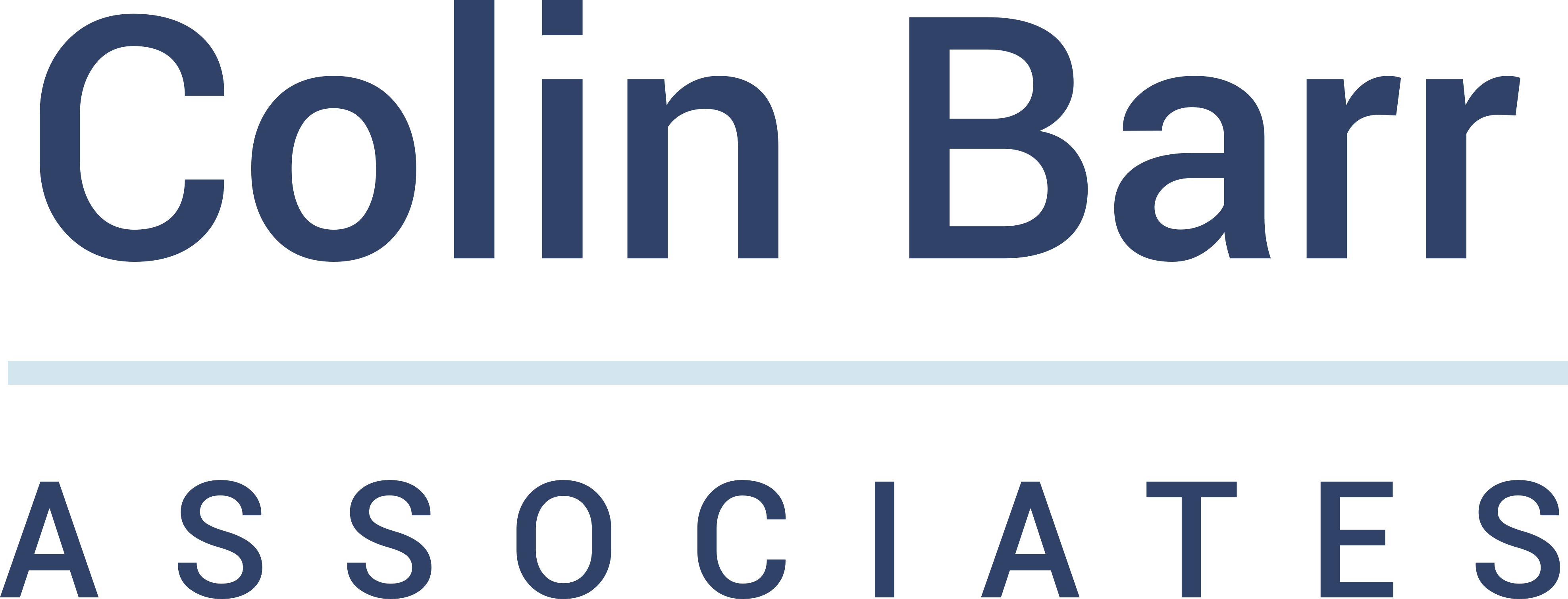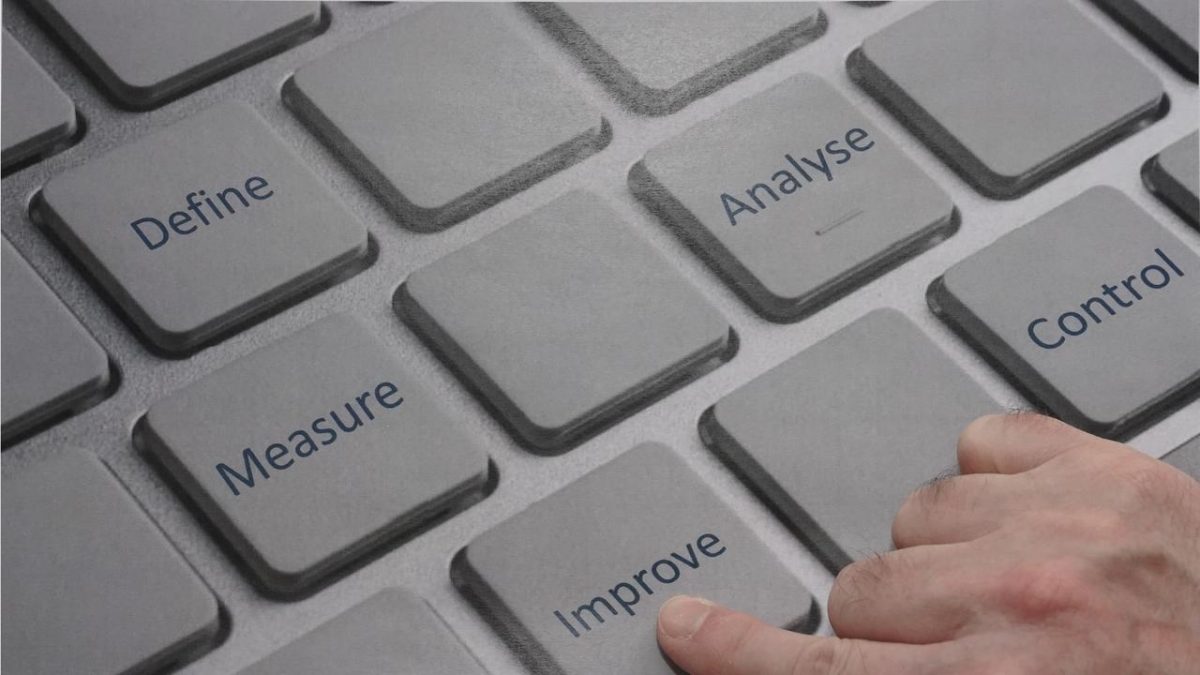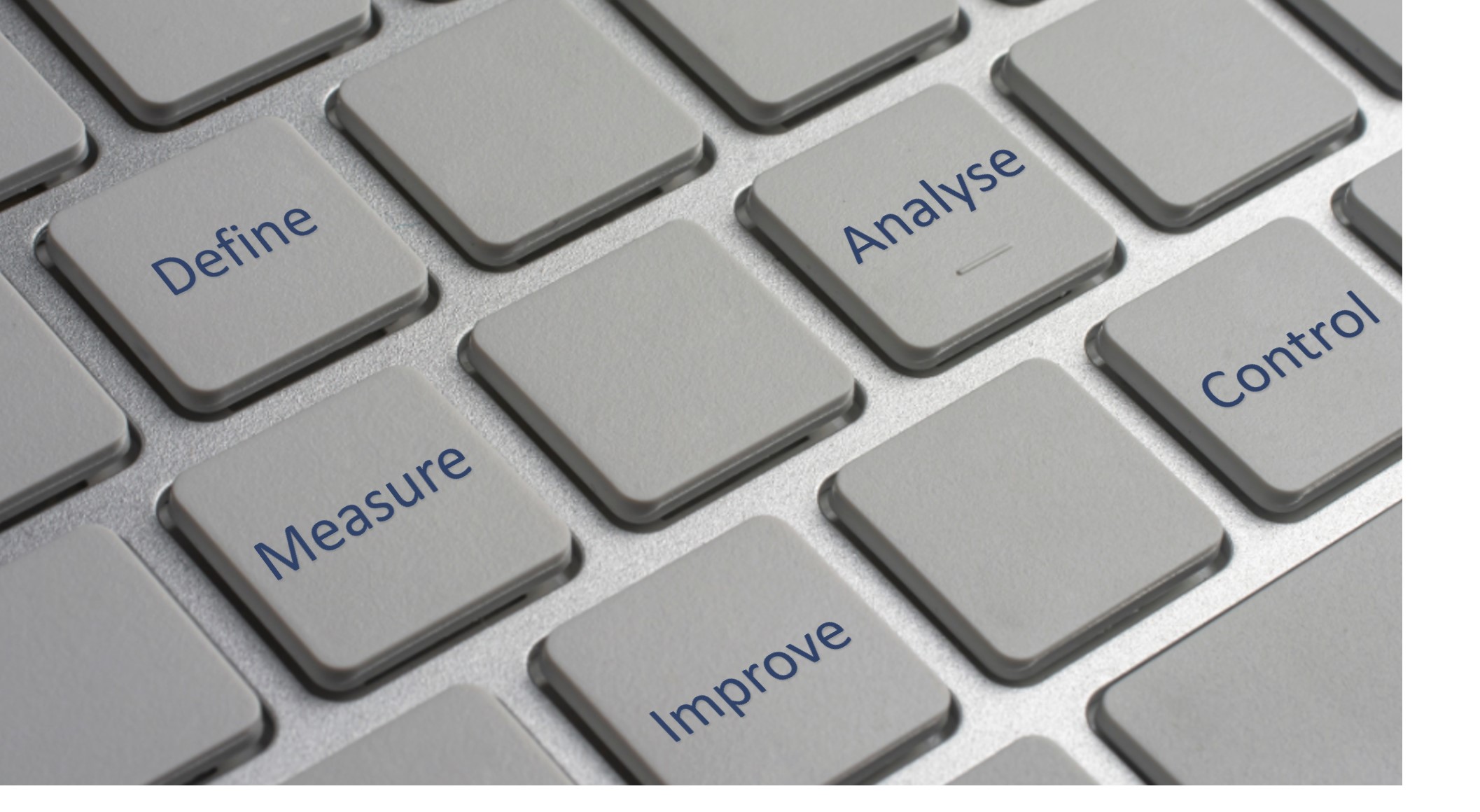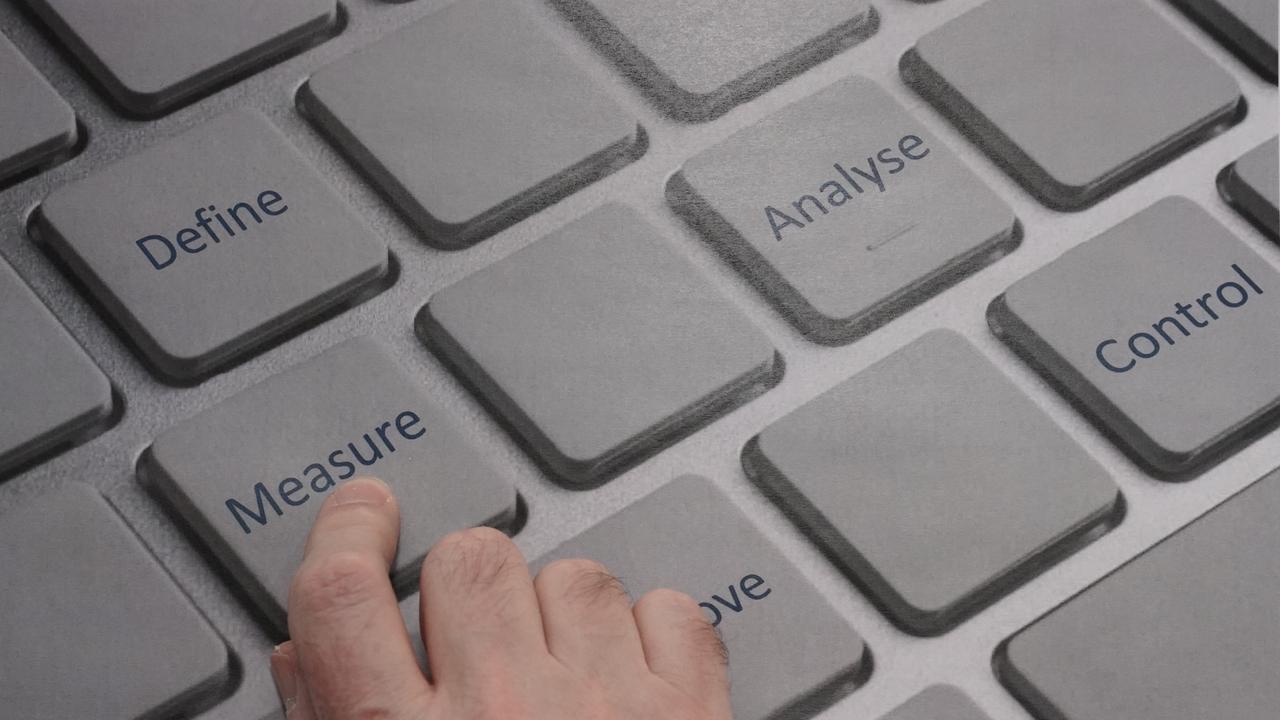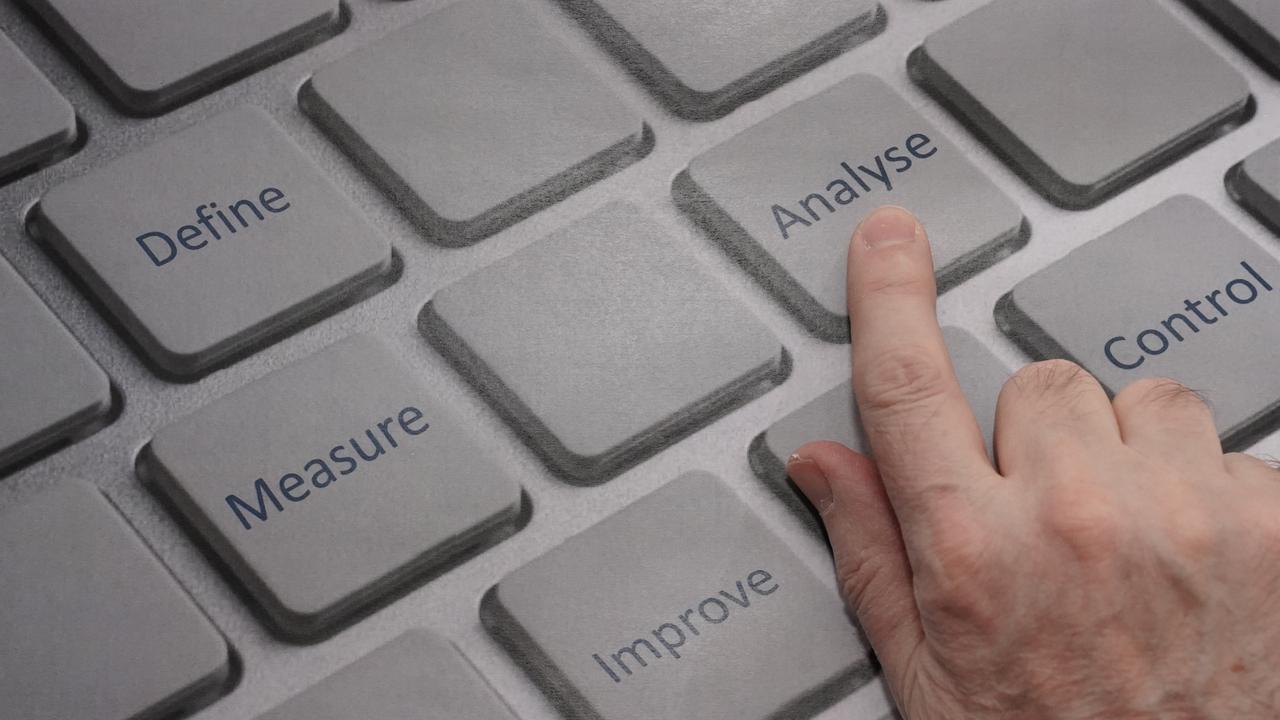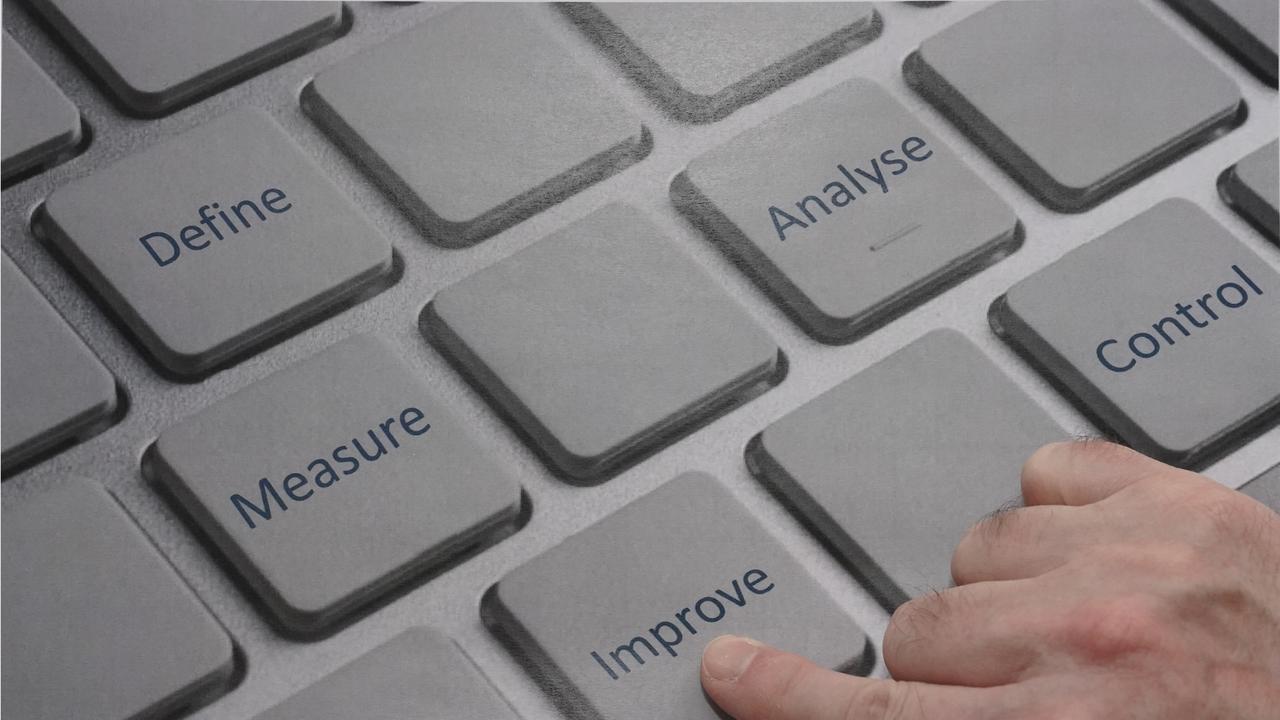What is the “Improve” stage?
Many Lean Six Sigma projects use the 5-step improvement model of DMAIC (Define – Measure – Analyse – Improve – Control). This method is often chosen where an existing business process requires improvement and a team-based project approach has been deemed appropriate.
DMAIC provides a logical sequence of steps for teams to follow as they endeavour to improve process performance. I have summarised the five steps in another blog but here I want to describe the fourth step, “Improve”, in a little more detail.
The “Improve” is the stage where we:
- Review the root causes of problems uncovered at the “Analyse” stage and identify potential solutions to these
- Prioritise all of the potential improvement opportunities and fixes and select the most promising ones to develop
- Redesign process flows and map them
- Run pilot versions of the chosen solutions to test how well they work and learn from the results
- Prepare to fully implement the best new process designs at the “Control” stage
“Improve” can be a satisfying stage for teams as they begin to see the fruits of their DMAIC project. It’s at this stage the team generates a preliminary quantification of the improvement they can deliver in practice.
From causes to solutions
The “Analyse” stage of DMAIC identifies the root causes that detract from the required performance of our process. These are recorded as negative circumstances. At “Improve” we turn these negatives into the positive actions we will take to improve the situation.
At “Improve”, teams can be creative and brainstorm a range of potential developments rather than immediately selecting the first solution someone thinks of. All improvement ideas should be captured with nothing dismissed until a formal prioritisation takes place.
Prioritisation
If there are many improvements to be made, the team must consider its capacity to implement these. It’s important to prioritise the actions to be taken.
One prioritisation method that works particularly well is to rate each solution on a scale of 1 to 4 against the following criteria:
1. Feasibility
2. Effectiveness
Multiplying the two ratings together gives each solution a prioritised scale of 1 – 16.
For example, a solution predicted to have a high impact might score a 4 for effectiveness, but may be extremely expensive and only score a 1 for feasibility, giving an overall priority of 4.
Scoring potential solutions in this manner is subjective, but the ratings facilitate a more informed discussion within the team and force everyone to consider all of the suggestions. However, the team should avoid becoming fixated merely on the priority scores, and should achieve consensus on a way forward.
Time to pilot
Going for full implementation of the selected solutions at this stage may not be best, particularly if the situation involves many locations, departments, production cells, machines or people. It is often better to choose a smaller area to pilot, test how that works, develop the proposed changes further and after that deploy the final solution more widely.
This is a good point at which to use the well-established “PDCA” method. This stands for:
- Plan – plan the test in detail to maximise success
- Do – perform the pilot as per your plan and measure its success
- Check – consolidate all the learnings from the test
- Act – take action on what has been discovered, improve the solution and potentially repeat PDCA by planning another pilot
Teams should not become despondent if the first trial is only a partial success. In my experience, a huge amount of learning can be gained from that first test. Incorporating new information into a second or even third pilot will often yield great results. I encourage teams to spend only 25% of their financial or time budget on the first test, so that they retain the reserves to repeat the process.
According to aerospace engineer Burt Rutan, “Testing leads to failure, and failure leads to understanding.” With renewed understanding, we are best placed to improve our products and processes.
Part of any pilot should incorporate measuring the outcome. It’s important to use the same indicators identified and baselined at the “Measure” stage of DMAIC. The results will provide an initial quantification of the benefit the project will deliver and will confirm whether the project is on track to meet the goals established at the “Define” stage.
Roll out your solutions
When the team is satisfied that their solutions have been honed as much as is practical, and the results are looking good, it’s time to move to the final stage of DMAIC, namely “Control”, where the changes are implemented in full.
Read about the next step in the DMAIC process – Control
